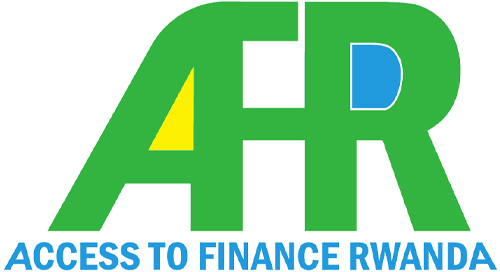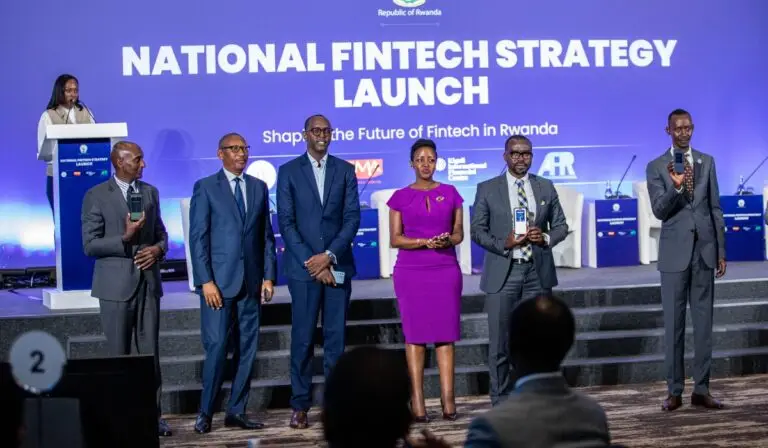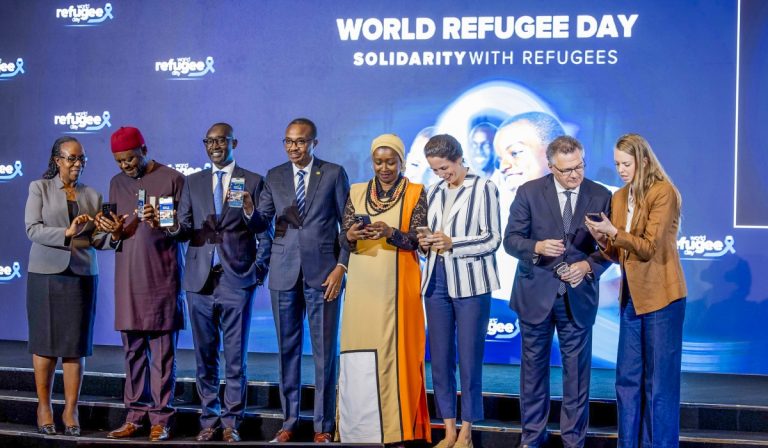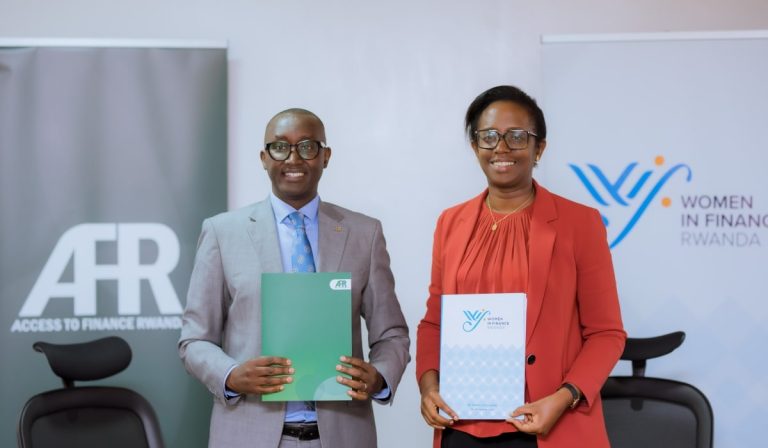Women are one-half of the world’s population but only contribute to 37 percent of the global GDP. In many cultures, women are expected to prioritize their roles as caregivers and homemakers over their careers or business ventures, and worldwide, women earn 63 percent less than men, yet they spend three times as many hours on unpaid labor, such as housework. This gender gap has several negative consequences, including poverty, hunger, and poor health and have often prevented women from accessing financial services and participating in the formal economy. However, with the advent of digital finance, there is an opportunity to disrupt these social norms and drive economic inclusion for women.
Overcoming Barriers to Access Financial Services
One of the biggest barriers to women’s economic empowerment is a lack of access to financial services. Traditional financial systems have often excluded women from access to credit, savings, and other financial services. This has limited their ability to start and grow businesses, invest in education, and make other financial decisions. However, digital finance has the potential to overcome these barriers by providing women with access to financial services. Mobile banking and digital wallets can provide women with a secure and convenient way to save money, access credit/loans, and make payments without having to visit a bank or financial institutions in person. According to the Finscope 2020, the financial service facility closest to most of the rural population are mobile money agents and only 1 in every 10 adults in rural areas takes on average less than 30 minutes to get to a bank branch or ATM or a Microfinance Institution.
Empowering Women to Participate in the Formal Economy
Digital finance is empowering women in connecting the dots between women’s financial inclusion and economic empowerment which will enable them to participate in the formal economy, even when social norms may discourage them from doing so. This is important because the formal economy offers several advantages over the informal economy, such as higher wages, better working conditions, and access to capital. i.e.: women can apply for loans digitally, digital lenders can provide women with loans to start and grow businesses from home, using their mobile devices. According to the Finscope 2020 Digital Financial Services Thematic Report, the gender gap was at 9% and needs to be reduced to achieve inclusivity. The gap is mainly amplified by the lack of use cases and awareness about mobile money services, while other people had limitations due to not owning a smartphone and lack of internet connectivity which constrains women from taking advantage of digital financial services, despite owning a mobile phone. The report shows that only 21% of women respondents who own a mobile phone have internet access. This implies a call for telcos, fintech companies, Financial Service Providers, and government institutions to ramp up partnerships and innovative solutions that will address the existing gaps. The McKinsey Global Institute estimates that fully incorporating women into the economy would add $12 trillion to global GDP by 2025[1]. In other words, realizing gender equality enable inclusive development possible. Digital finance helps to break down traditional social norms and provide women with greater economic opportunities.
Promoting Autonomy and Bargaining Power for Women
Digital finance can also help to promote autonomy and decision-making power for women. It gives women control over finances: it allows women to manage their money, to save money, and to make payments without having to ask permission from a man. In situations where women may face financial abuse or control by a spouse or other family member, digital finance can provide a way for women to have their own accounts and manage their finances independently. This gives women greater control over their financial lives and can lead to greater financial decision-making power.
Understanding women-specific needs
Women’s digital financial inclusion is one of the many powerful levers that can advance gender equality and reduce the gap in terms of financial inclusion. Digital finance has the potential to be a powerful tool for promoting women’s empowerment and economic inclusion. By breaking down traditional barriers and social norms, digital finance can help create a more equitable and inclusive financial system that benefits everyone. However, significant progress cannot be made without truly understanding the realities of women’s lives and their specific needs. In this regard, every four years, AFR and its stakeholders conduct the Finscope Survey to understand the reality of financial inclusion in Rwanda and propose evidence-based recommendations to address existing financial challenges that still hamper financial inclusion. Several thematic reports are produced, particularly one on gender, to deep dive the analysis with a gender lens. The more women access financial services and participate in the formal economy, the more we can expect to see greater gender equality and economic growth in communities. By leveraging digital finance, we have an opportunity to disrupt traditional social norms and promote greater economic inclusion for women.



